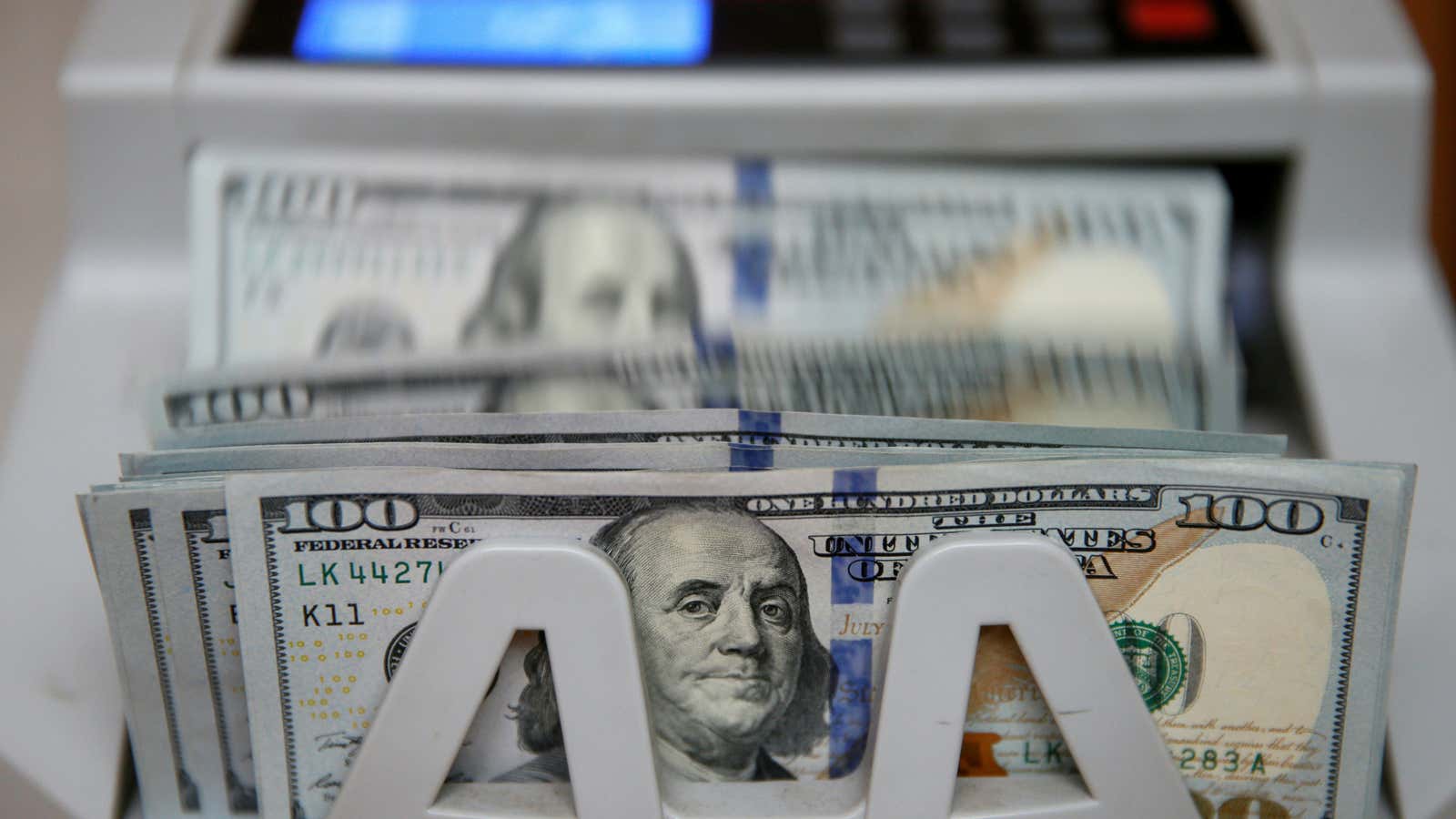The majority of philanthropic giving has always primarily come from the rich, given that they have most of the money.
As inequality has risen in the US over the last several decades, the share of charitable giving coming from the wealthy has grown, too, worrying some people who fear the increasing power of these big donors. It gives those donors increasing influence over how nonprofits operate, who nonprofits must court for money, and the kind of work that gets funded.
The Institute for Policy Studies, a left-wing think tank, recently released a report showing that from 2003 to 2013, charitable deductions by people making over $100,000 rose by 40%, but declined by 34% for those making less than $100,000. These numbers are based on tax returns from the Internal Revenue Service (IRS) and are adjusted for inflation.
While the charitable deduction number is inflation-adjusted, the income levels are not���the IRS has reported the same income grouping for many years. The statistics also do not account for the general increases in incomes that occurred over that decade. Still, the Institute believes these omitted factors only account for a small portion of the change.
The researchers attribute the changing dynamics of philanthropy to the soaring prosperity of the wealthy, along with an increase in “economic insecurity” and stagnating wages for the average worker. Basically, really rich people have more money to give away than they did a decade or so ago, and poor people don’t.
The mega rich have made major investments in fixing climate change, fighting global epidemics, and improving US higher education. But the Institute fears that combination of increase in giving from the rich and decline from the middle class and poor may have consequences that Americans might not like.
“This really does change the calculus for [nonprofits].” said Chuck Collins, a senior researcher at the Institute for Policy Studies. “You’re spending a lot more time pursuing the same small pool of mega donors… orienting your whole fundraising around major donor acquisition.” Collins said a greater focus on big gifts may lead an organization to drift from its mission and focus on the pet causes of a large donor. Small donors are more likely to give without demands.
Relying on large donations also increases a nonprofit’s instability. Organizations with a broad base of small donors are better able plan long term, because their finances don’t depend on the whims of one large donor.
The changing dynamics of giving also impacts what gets funded, the Institute said. Compared to the average giver, the American rich prefer funding arts and education initiatives (pdf, pg. 13), and are less inclined to social change giving, like the funding of basic family and children services.
From the speed of economic growth, to the character of American cities, wealth and income inequality are reshaping the US. The widening distribution of wealth also has major has implications for the nonprofit sector.
